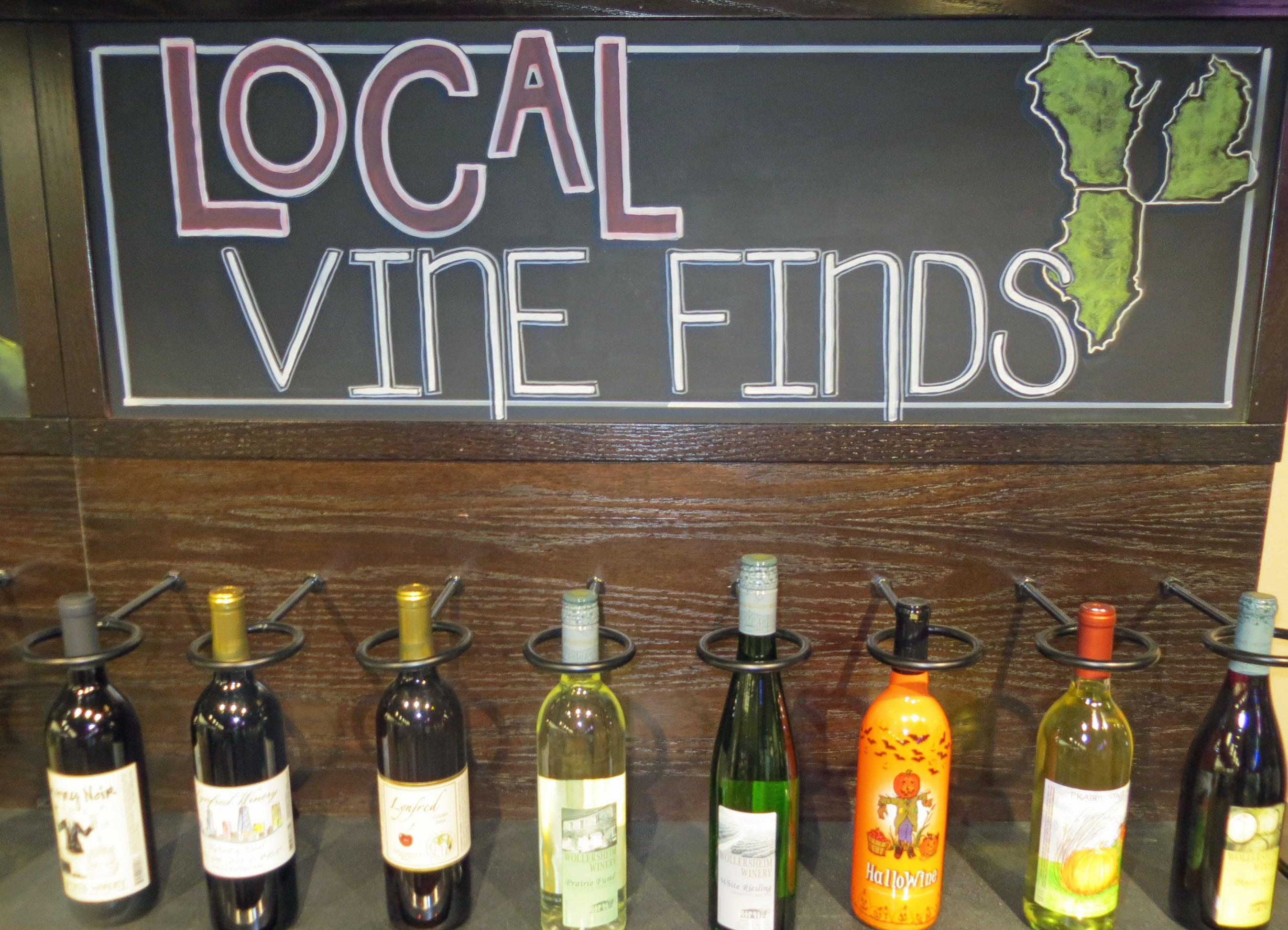World Wine Shortage Seen As Midwestern Opportunity
A recent study by Morgan Stanley predicting an impending “global wine shortage” has attracted a lot of attention. The study reports that global wine demand exceeded supply by 300 million cases during 2012.
Reasons for the supply imbalance range from bad weather to fewer European vineyards. The main thesis of the Morgan Stanley research is that there will not be enough wine in coming years to meet demand.
According to Chuck Dressel at Mount Pleasant Winery in Augusta, Missouri, a glut of cheap $2-$3 per bottle wine that existed for a couple of years ago is over. “That cheap wine is gone,” Dressel said. “A lot of it was consumed by the Chinese.”
This contraction of supply at the lower end of the market has effected prices and availability of wine at higher price points, Dressel believes.
A decline in European wine production was cited in the report as a factor in decreased wine supplies. Europeans, who control a large share of the market for high-end wines, have little to gain from an excess supply of cheap juice. While there is no coordinated effort to affect prices, as the EU tightens their wine spigot, prices will inch upward. In the U.S., even “Two Buck Chuck” from Trader Joe’s is not $2 anymore.
Dressel said that European governments have also curtailed programs to buy back excess grapes. “Some of the wines that were being ‘bought back’ by the EU were going to China,” Dressel said, “but that’s slowing down too.”
Dressel’s comments imply that the current wine shortage is simply the result of a bout of overproduction which depressed prices. Such agricultural production and price cycles are nothing new; an excess of any commodity is a disincentive for farmers to plant, so eventually scarcity drives the price up, which in turn results in increased production and the cycle starts anew.
“There’s not much profit potential to produce wine or grapes at $2-$3 a bottle, so the price has to go up as scarcity returns,” Dressel said.
Dick Faltz of Fox Valley Winery in Oswego, Illinois is somewhat skeptical of the reported wine shortage. “The typical consumer won’t know there’s a shortage of wine,” he said. “And you’d have to think with all the countries that now produce wine, new regions will fill the void. That’s where the opportunity is for Illinois wine and Midwest wine.”
Dressel agrees that even a temporary supply imbalance is an opportunity for Midwest wine to increase market share and consumer recognition. “As an industry, we should be telling consumers, ‘give us a chance if you think those other wines are too much,'” Dressel said. He believes most Midwestern wine is underpriced in relation to the quality of the product.
“Consumers will have to pay more and they may change their buying habits as a result,” Dressel said. “This gives regional wine growers an opportunity. If we can convince consumers of our quality and hold prices, we can gain market share. Regional wines are now often undervalued and consumers are starting to figure this out.”
Faltz said that the timing of this swing in the production cycle is occurring at the right time for Midwest wine. “The Midwest is no longer just producing obscure hybrids; we can now grow many types of grapes,” he said. “And as support shifts towards local and regional products, we should be able to get more shelf space.
“Green, Local and Sustainable, those are the three most important words in wine marketing right now,” Faltz concluded.


